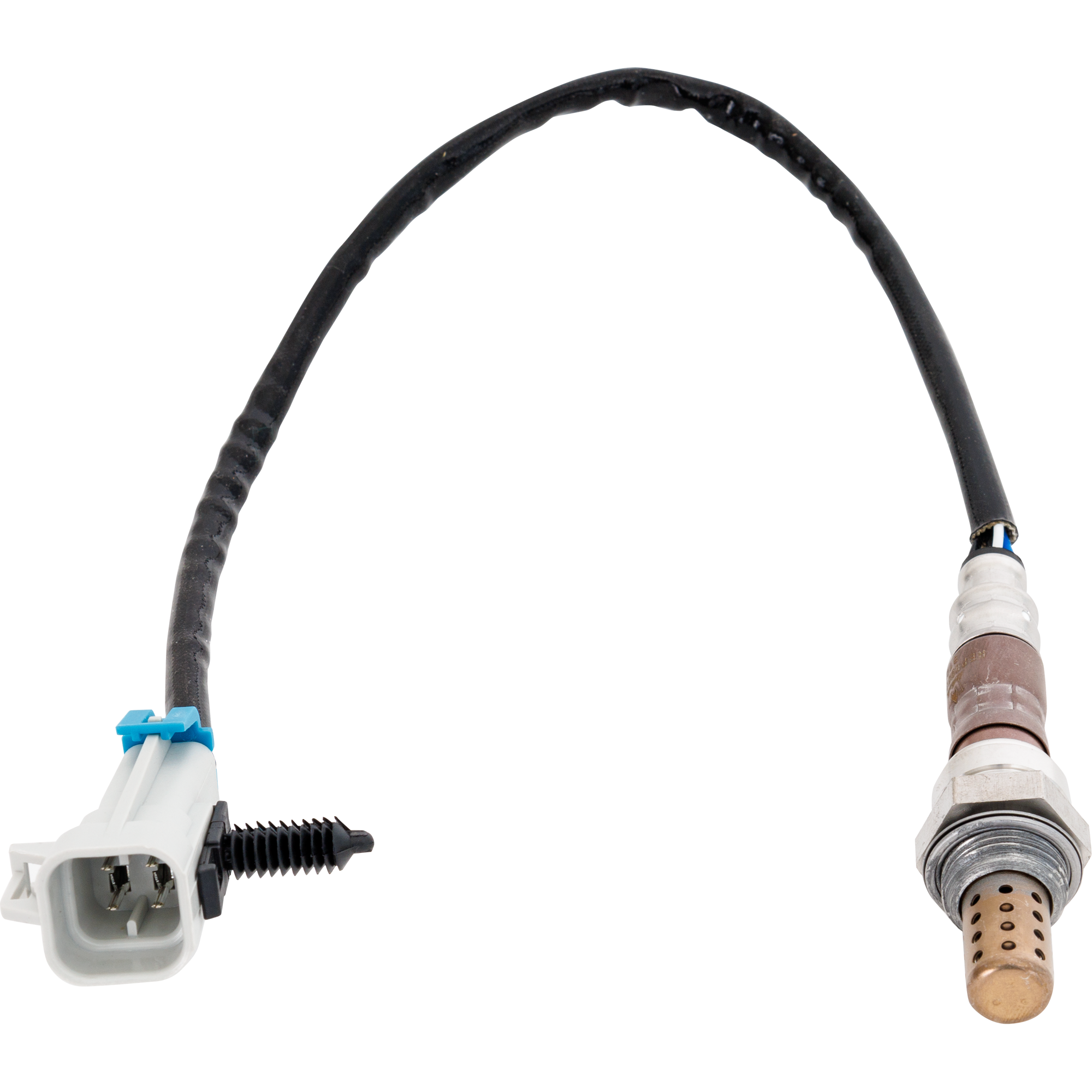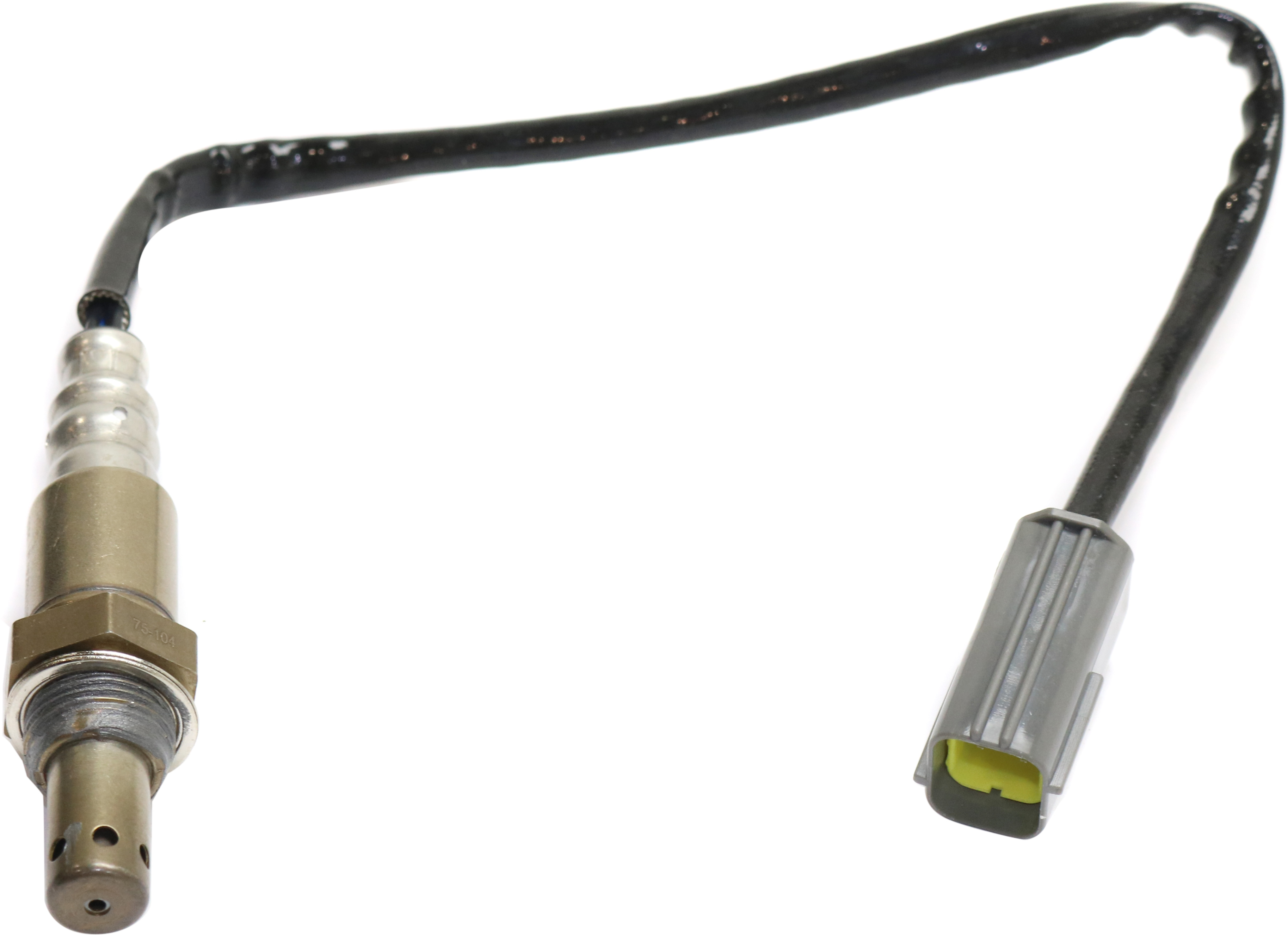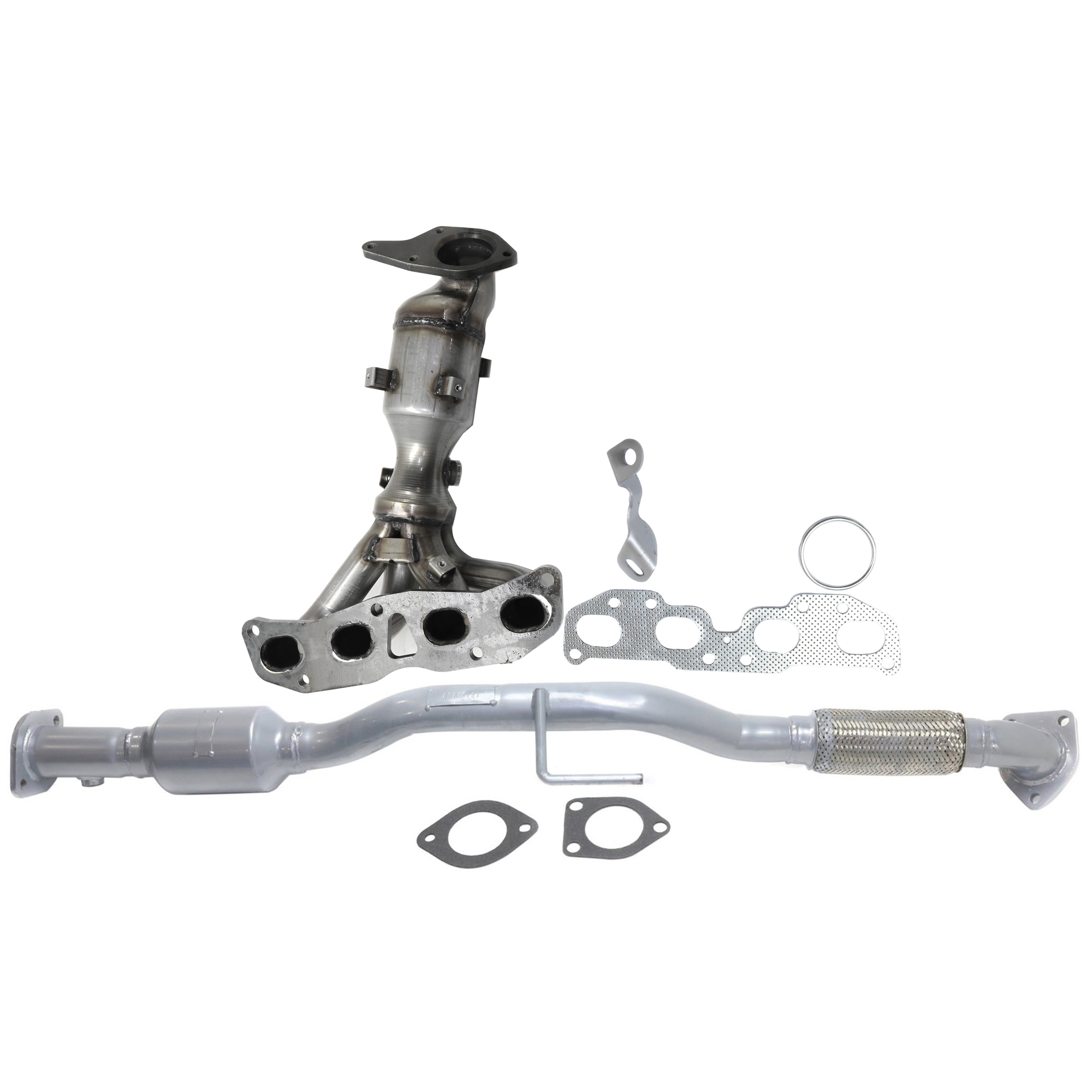The performance of your vehicle’s engine relies heavily on maintaining the right air-to-fuel mix for combustion. The engine control module (ECM) determines the proper ratio by collecting data from different sensors within the air intake, fuel injection, and exhaust systems.
Oxygen sensors allow the ECM to determine the amount of oxygen in the car’s exhaust stream. A code P0136 gets set when on-board diagnostics detects a malfunction with the O2 sensor behind the light-off catalytic converter on bank 1. That’s the converter that deals with oxides of nitrogen and it needs to run very hot very quickly, which is why it’s so near the engine.
Some systems have a second catalytic converter behind the one closest to the engine on each bank, and that one deals with hydrocarbons and carbon monoxide. That converter isn’t monitored by an O2 sensor or anything else.

P0136 on Some Toyota Vehicles
Code P0136 may appear on some Toyota vehicles. On a 2004 Toyota Camry XLE 2.4L, for example, the code appears because of the following conditions:
- Failed AFS (it may be contaminated with fuel, silicone or water)
- Air induction system air leaks (e.g., intake manifold)
- Failed HO2S (it may be contaminated with fuel, silicone or water)
- HO2S heater power (12v) circuit is open (check power circuit from EFI relay)
- HO2S signal circuit is open, shorted to ground or shorted to voltage
- Damaged HO2S connector (check pins for damage, and for moisture)
- Exhaust manifold and exhaust pipes air leaks
- Failed ECM
What Does the P0136 Code Mean?
Diagnostic trouble code (DTC) P0136 stands for “O2 Sensor Circuit (Bank 1, Sensor 2).” It refers to the same malfunction as the engine code P0137, except it applies to the second O2 sensor on Bank 1. The P0136 code triggers when the ECM believes that the Bank 1 O2 sensor is not operating correctly.
Because this is a generic code, it’s supported by various makes and models. Therefore, the steps for diagnosis and repair for a code P0136 in Ford vehicles may differ from, say, that of a Toyota.

As was mentioned, the O2 sensors collect oxygen levels in the exhaust. The ECM uses the data from the upstream (before the converter) O2 sensor to help calculate the amount of fuel the engine needs.
On the other hand, the ECM primarily uses the signal from the downstream (after the converter) O2 sensor to measure the efficiency of the catalytic converter. A traditional zirconia O2 sensor relays this information by producing a voltage between 0. V and 0.9 V.
A low voltage reading signifies that the exhaust is lean (too little fuel) and too little fuel burns in the combustion cylinders. A high voltage reading means the exhaust is rich (too much fuel) and tells the ECM to reduce the amount of fuel delivered to the engine.
If you’re thinking about fixing P0136 yourself, you’ll find more information that can help you solve the issue in our discussion about what oxygen sensors do and how OBD codes are stored depending on their operation.

What are the Possible Causes of the P0136 Code?
There are several probable reasons why a scanner registers the P0136 code. They include:
- Malfunctioning oxygen sensor
- Malfunctioning oxygen sensor circuit issues (open, short, or high resistance)
- Leak in the exhaust system
- Corroded oxygen sensor connector
- Faulty PCM (defective or requires software upgrade)
What are the Common Symptoms of the P0136 Code?
In most cases, this diagnostic trouble code does not come with any symptoms that affect the drivability of your vehicle. So it only has one prominent indication:
Check Engine Light is on or blinking
On-board diagnostics may switch on the Check Engine Light for a wide variety of trouble codes. You will need to connect your vehicle to a scan tool or code reader to determine whether the system has logged a P0136 code.
How to Diagnose the P0136 Code
To resolve the P0136 code, you need to determine its exact cause, which can prove challenging. If you are not confident with your DIY automotive repair skills, it’s best to leave the task to your trusted mechanic. Otherwise, you can track down the code and determine what’s causing it.
Need to refresh your knowledge of the P0136 code? Watch this helpful video:
How to Fix the P0136 Code
To resolve the P0136 code, you must identify the faulty part and determine what went wrong with it.
Oxygen Sensor Replacement
In many cases, a bad bank 1 sensor 2 oxygen sensor triggers this trouble code. The faulty sensor can be found behind the catalytic converter on the same side of the engine that has cylinder 1.
If the bank 1 sensor 2 oxygen sensor fails, you must replace it. Remove the clips that secure the device’s wiring cable to prevent it from dangling. Then press the tab that connects the cable to the sensor. Next, apply the oxygen sensor socket to the device and twist it off.
To install a new oxygen sensor, reverse the removal process. After putting the new sensor in place, test it to make sure it works.
Oxygen Sensor Circuit Issues
Over time, the oxygen sensor circuit wears out from use. It can develop issues like open circuits and shorts that prevent current from flowing through it. Or its resistance can get high enough to reduce the current flow.
Unfortunately, there’s no way to repair any damage done to the oxygen sensor circuit. Instead, you must replace the O2 sensor.
Oxygen Sensor Connector Corrosion
The metal part of the oxygen sensor connector can corrode over time. Sometimes, you can remove the rust, either physically or by applying a substance that removes it. Make sure to take care not to damage the connector during the cleaning process.
In other cases, the corrosion has overwhelmed the oxygen sensor connector. You must replace the entire part if this happens. If the rust spreads to the O2 sensor as well, you might also have to replace it.
Exhaust System Leak
A vacuum leak in the exhaust system can make the powertrain control module log the P0136 code. You must run tests to determine which part has the leak. Minor leaks can be temporarily patched, but major ones require replacing the faulty part.
Catalyst Failure
The catalytic converter uses a catalyst to break down toxic exhaust gases into safer substances. Over time, the catalyst can become less efficient until it stops working.
Replacing the catalytic converter is an extensive process. You’ll have to raise your car to access the part. Spray penetrating oil on the fasteners to loosen them. After waiting a while, disconnect and remove all oxygen sensors.
Now you can remove the catalytic converter. A welded converter must be cut out with the appropriate tool. Clean the flanges with a sanding block or gasket cleaner, then remove anything else that needs replacement.
Install the new catalytic converter. Make sure the pipes are compatible in size and adjust them as necessary. Then install the new hangers and gaskets, and apply anti-seize on the fasteners to make their removal easier in the future.
Bad Powertrain Control Module
In some cases, the PCM is simply running on outdated software. You can correct the issue by downloading the latest patch, which will bring the computer up to date. However, if the PCM itself develops a defect, you must replace the faulty part.
The specific steps required to resolve the P0136 code can vary between vehicles. Not every case is the same. Consult your owner’s manual or trusted online resources if you aren’t sure about something. If you feel that you can’t perform the DIY repairs required to fix the problem, ask a trusted mechanic for help.
Get a Replacement O2 Sensor That Fits Your Car
If you’re thinking about driving around with a malfunctioning O2, think again. A faulty O2 sensor can cause your engine to misfire, run rough, and stall. In some cases, it can also cause your catalytic converter to overheat, which can be pretty expensive to fix. You should replace your faulty O2 sensor as soon as possible. Luckily, getting a new O2 sensor is fast and easy with CarParts.com.
With just a few clicks, you can get a new O2 sensor at CarParts.com. Just use our vehicle selector and search filters to help you browse our wide catalog. Thanks to our strategically located warehouses, you can also receive your new O2 sensor in as fast as two business days if you order by 12 p.m. ET.
Don’t wait for more issues to pop up before replacing your faulty O2 sensor. Check out our wide selection of high-quality O2 sensors today here at CarParts.com.
Products Mentioned in this Guide
Shop this Project



Any information provided on this Website is for informational purposes only and is not intended to replace consultation with a professional mechanic. The accuracy and timeliness of the information may change from the time of publication.

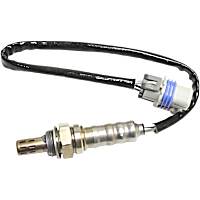 Oxygen Sensor
Oxygen Sensor
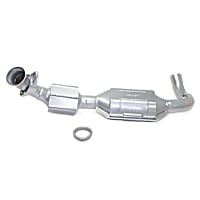 Catalytic Converter
Catalytic Converter
